
| COUGHTON
COURT WARWICKSHIRE |

Coughton Court has been the home of various generations of the Thockmorton family for six centuries of history
and only became the property of The National Trust in 1946. The original building of the house dates from the
early 1500's but it has since had many alterations and additions to its layout.

The original wet heating system appears to date from the mid-Victorian period which can
be determined from the only item of equipment that remains of this system. It is a very
large and impressive cast iron circular vertical tubular heater sited at ground floor level
in the main staircase. The heater is still in use.
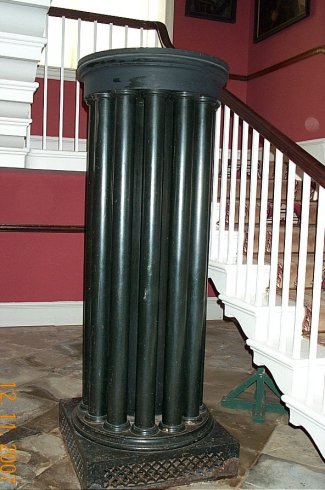 |
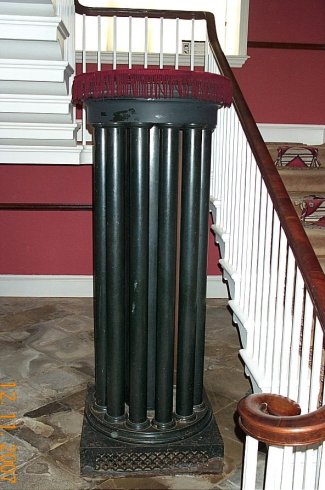 |
| Unfortunately
the heater bears no makers name but has a
striking resemblance to a similar style of heater made
by Vincent
Skinner at their Bristol ironfoundry.
The
flow and return pipework to the base of the heater
is routed through
underfloor ducts below the flagstone floors.
|
|
Another
wet heating system was installed later during the Edwardian
period. This fact can be established from the
wrought iron pattern pipework fittings and stirrup
brackets that have been used with the mild steel
pipework.
The
method for connecting sections of pipework uses a
preponderance of backnut joints at sockets and most
unusually at 90 degree bends and also return bends.
This style of jointing pre-dates the introduction of
unions for joining sections of pipework together.
|
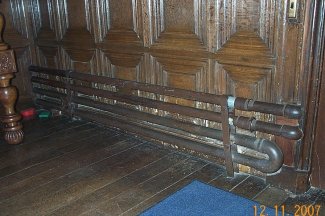 |
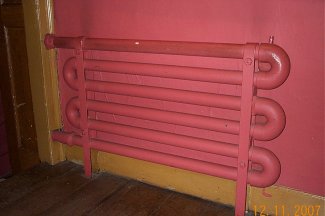 |
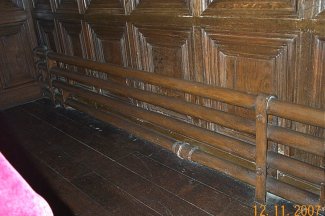 |
 |
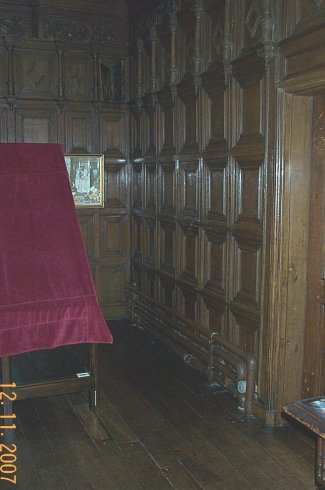 |
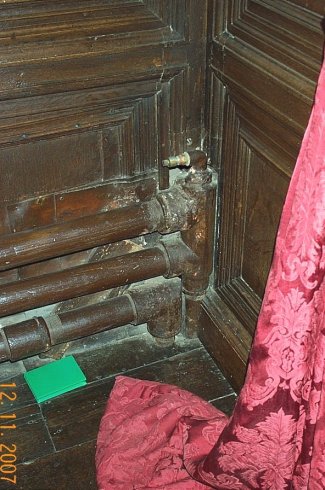 |
A most unusual pipework connection arrangement for a sectional cast iron
radiator, never seen before, was found on two radiators fitted in the front hall.
The end section of the two radiators has been cast with the flow and return
pipework connections sited vertically above each other approx 100mm apart.
Further research found that these were Royal School pattern radiators
manufacturered by The Beeston Boiler Co. This connections arrangement
could be provided to special order for the price of 3/-.
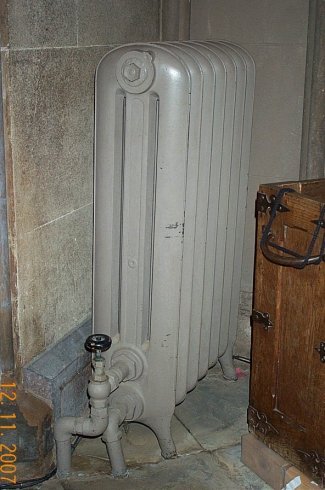 |
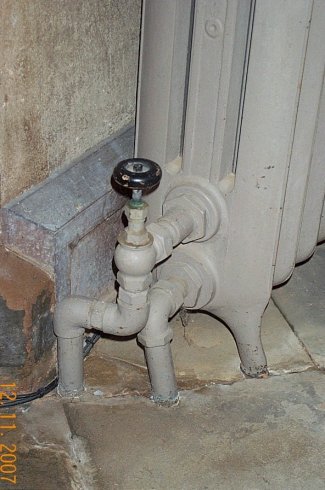 |
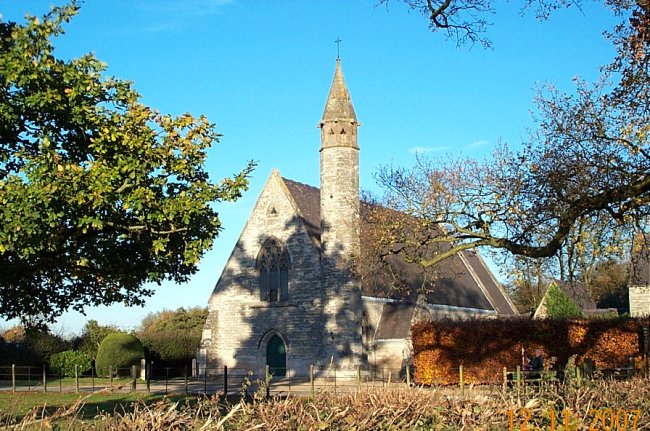
The small Roman Catholic church sited at the entrance to the Coughton estate
was found to have its original solid fuel fired G N Haden & Sons Ltd warm air
stove furnace still fitted in the basement. This stove is a size 2 which provided
warm air heating to the church through several cast iron floor gratings in the aisles.
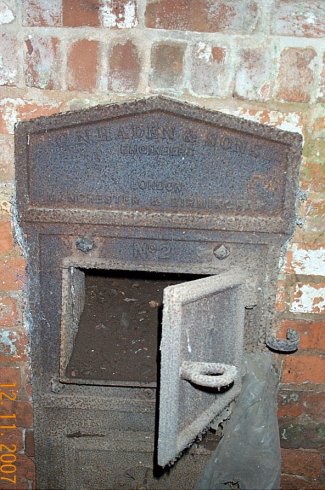 |
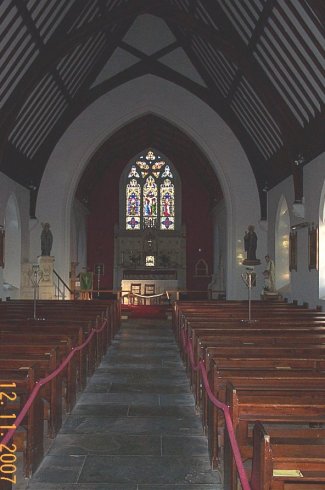 |

| Research carried out in the Haden Archive held at the Wiltshire & Swindon History Centre in Chippenham showed in the original Order Book for that time period that the stove was a size No 2 and given the number 3832 with an entry date of 14th October 1874. Every Haden stove installed was given its own unique number. |
back to top of page
NOVEMBER 2007

